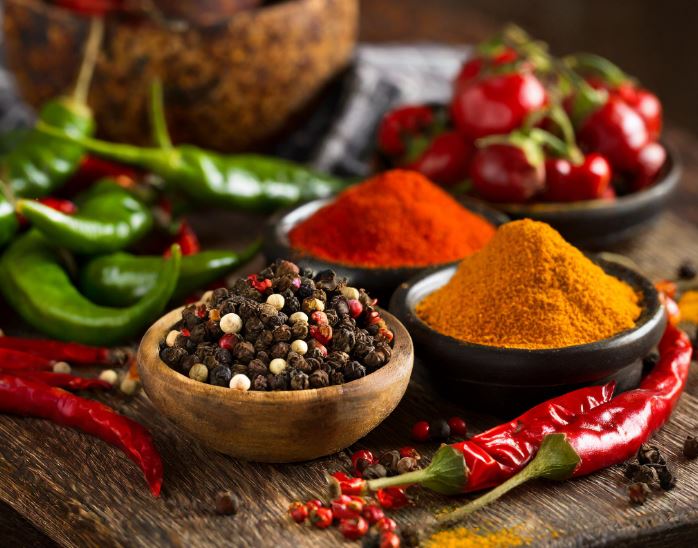
Peppers are essential ingredients in cooking. The wide variety of sizes, colors, shapes and degrees of heat expand the possibilities for composing dishes, sweet or savory.
The main factor when choosing peppers is the degree of pungency, stinging, heat or stinging, which is defined by the concentration of capsaicin, the chemical component responsible for the burning sensation.
How is the heat of peppers measured?
The Scoville Scale is used, which consisted of diluting the pepper in water with sugar, until the burning sensation was no longer perceived by a group of tasters. After that, the scale was created: 1 cup of pepper, which is equivalent to 1,000 cups of water, corresponds to 1,000 on the Scoville Scale.
The amount of capsaicin can also be measured precisely by High Pressure Liquid Chromatography (HPLC), which consists of grinding the dried fruits, then the capsaicinoids are separated and measured in the exact amount.
Pepper hotness table
| Pepper | Burning degree Scoville scale |
|---|---|
| Pure capsaicin | 15 000 000 – 16 000 000 |
| Pepper Spray | 2 000 000 – 5 300 000 |
| Carolina Reaper Pepper | 1 150 000 – 2 200 000 |
| Trinidad Scorpion Pepper | 1 400 000 |
| Naga Viper Pepper | 1 300 000 |
| Infinity Chilli Pepper | 1 000 000 |
| Bhut Jolokia Pepper | 855,000 – 1,000,000 |
| Dorset Naga Pepper | 876,000 – 970,000 |
| Red Savina Habanero Pepper | 350,000 – 577,000 |
| Habanero Pepper | 100,000 – 350,000 |
| Scotch bonnet pepper | 100,000 – 350,000 |
| Chilli pepper | 50,000 – 100,000 |
| Cayenne Pepper, Cumari Pepper | 30,000 – 50,000 |
| Serrano pepper | 10,000 – 23,000 |
| Girl's Finger Pepper | 5,000 – 15,000 |
| Jalapeno pepper | 2,500 – 8,000 |
| Rocotillo Pepper | 1,500 – 2,500 |
| Poblano Pepper | 1,000 – 1,500 |
| Biquinho Pepper | 1000 |
| Pepper | 0 |



